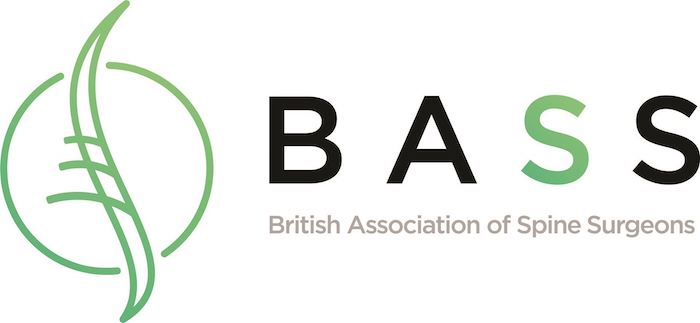Surgery: microdiscectomy
Introduction
When a disc herniates, prolapses, bulges, slips or pushes out of its normal position within the disc space, you either feel back, buttock or leg pain depending on the location of the disc herniation relative to the spinal nerves. In most cases, the body’s natural defences eats the disc that has pushed out away, slowly reducing it in size so that it moves away from the nerve root and the nerve root pain reduces. This usually takes 4 to 6 weeks. If the pain lasts longer than 6 weeks it may unfortunately take considerably longer to go.
With this knowledge it is important that someone with back, buttock or leg pain does not get pressurized into any treatment before 6 weeks. The important thing to do during this time is try and keep yourself as mobile as possible, take pain killers and anti-inflammatories until the pain starts to reduce. This understandably is very difficult and it is natural to try and find someone or something to help with the pain.
After six weeks it is sensible to confirm the diagnosis with an MRI after which the options are to do nothing and wait and see if the pain reduces naturally or to have a spinal injection to try and deliver anti-inflammatory (steroid) around the nerve root to reduce the inflammation in the nerve and also reduce the swelling of the nerve in the hope that as the swelling reduces the nerve moves away from the disc bulge and the nerve pain reduces.
It is important to use X-rays when performing the spinal injections to make sure the needle is in the correct place. If the first injection doesn’t work or just reduces the pain or the pain goes away with the injection but comes back, it sensible to repeat the spinal injection given how safe spinal injections are. If three sets of injections have failed, it is completely reasonable to try something else. At this stage the options are either to wait if you don’t want any form of surgery or either opt for either laser decompression or a microdiscectomy.
Microdiscectomy
A microdiscectomy is called a microdiscectomy because it is usually performed under a microscope. This allows the surgeon to see the nerve under magnification. Some surgeons don’t however use a microscope and others including myself prefer to use surgical loupes (which also provide magnification) with a surgical headlamp. These look similar to Joe 90 glasses with built in magnifying tubes coming out of the middle of the lens so you can see where you are operating directly, with a Miner’s lamp as it is a bit of a deep dark hole.
Either way, it is an open procedure and as such has all the risks associated with open surgery. These include general risks, such as those associated with having a tube down your throat and the anaesthetic as well as the risk of clot in your leg, a deep venous thrombosis (DVT), which may travel to your lung, a pulmonary embolism (PE), which can in some cases cause death. Any operation carries the risk of infection, however it is obviously significantly higher in an open operation compared to a spinal injection where the risk is minimal and surgery should always be the last resort.
Last but not least, in any spinal operation, there is a risk of serious injury. Being spinal surgery this could be direct damage to the nerve root resulting in weakness or paralysis of some of the muscles of the lower leg, or in the worst-case scenario paralysis from the waist down. Also the nerves supplying bowel and bladder function are around the area where lumbar microdiscectomy is performed and if these are accidentally damaged it can result in incontinence of bowel and or bladder meaning having to self-catheterise to pass urine and wear nappy-type underwear to deal with faecal soiling.
On the whole however, microdiscectomy is a very safe procedure and the success rate is very high but as already mentioned, surgery should always be the last resort.



